By Emily Brady and William Masferrer
As a team of aspiring writers, we knew that we wanted our game to envelope the creativity that every player has. The inspiration for our game came from a mix of the “EmilyBlaster ” game described in Tomorrow and Tomorrow and Tomorrow and the poetic dialogue of Samwise Gamgee throughout The Lord of the Rings books. Early on, the idea of the game was one where words spoken by Sam in the novels would fall down in front of a backdrop of the several scenes, such as Hobbiton, and the player must click the verbiage and connect Sam’s poems correctly. After talking to Dr. Clayton, we realized that this did not encompass what we wanted our game to accomplish. We discussed the idea of assorting the words so that instead of following the exact formation of the poems, hymns, and songs in the books, the player could create their own formation of words to get a new poem at the end of the level.
Without an idea in our minds, the next phase was picking the gaming software best suited to translate our visions. We started off extremely optimistic to say the least. First, we installed Unity without realizing we would also have to be proficient in Blender. After a single unsuccessful trial run, we tried Stencyl. With its user-friendly UI and tutorials, and several videos readily available to help us along our path of creation, we thought it would be the perfect software for us.
Levels
One of the most important aspects of any game is the levels and terrain the game will be set in. We wanted our player to travel to multiple different areas, particularly from The Fellowship of the Ring, as that was a book we had analyzed in class. Moreover, we wanted these levels to reflect the stages of Samwise’s journey throughout the first book to show both progression in the journey as well as the player. So, we used the internet to search for royalty-free backgrounds of different areas of The Lord of the Rings to use as our backdrops. In our search, we found three in particular.
One was for Hobbiton, which would be perfect as the start of our game; Samwise, a hobbit of humble and bright beginnings, before stretching his destiny beyond his borders to the grander world.
Next, we chose the Prancing Pony. This was another place that marked the beginning of Sam’s danger. It is here where the Hobbits begin to feel the importance, the danger, and the possible death that they will face in their quest. We labeled this level as a call-to-action, with some elements of suspense for their future. For our final level, we wanted something that provoked a powerful sense of danger. Looking back into The Fellowship of the Ring, both novel and movie, we believed that the tunnels of Moria had that ambience perfectly. This level expresses the massive perils Sam and the Fellowship will have to face, with darkness, orcs, and the towering and fiery Balrog. As our third and final level, it will allow the player to create a poem that could match the setting, filled with death, destruction, and harrowing escape.
Sprites
After getting Stencyl,, we quickly realized we needed a way to create and edit characters or sprites in the game. We were able to find a Sprite editing tool called Sprite Pencil/Sprite Catalog that allows you to take royalty free premade sprites or edit your own. We obviously knew we wanted to incorporate Samwise, but we didn’t want just one character who stays the same with every level. After all, that is not how Samwise is in the books; he goes through development, gains courage, and even kills. We wanted Samwise sprite to undergo the same journey. We perused the internet, but did not find consistent characters for our 32-bit style game. Instead, we chose to take the more difficult path and created our own sprites.
For Samwise, we started him off in casual clothing and smoking a pipe for Hobbiton, his home. He looks relaxed, smiling, and surrounded by his lovely home filled with green, flowers, and bright skies. Next in the Prancing Pony, he has a more grim look on his face to express his worry. Since this is where the action particularly starts to kick off, the Fellowship’s danger becomes more real, we wanted Samwise to embody the call-to-action of his future journey. He wears a red cape to show that, though he might not feel ready for the action, he has no choice but to brandish the courage to look the part. Lastly, Samwise faces the eerie ambiance of the tunnels of Moria. At the final level of the game, and recognizing the perils of the environment, Samwise now has a sword to face the dangers ahead.
After we created the three different versions of Samwise, we went on to the other designs that we wanted to incorporate into our game. We found a 32-bit Balrog for the last level, but it did not look quite as menacing as it did in the movie. So, we used Sprite Pencil/Sprite Catalog to edit the Balrog into being the fiery demon that he is, and placed him to face Samwise in the dark tunnels of Moria. Lastly, we created the spirit that would be our player. Our player is “The One Ring”, and when planning the game, we decided that the player would shoot the words appearing on the screen with blasts from the ring to create their unique poem.
Words Words Words
An important aspect of our game creations was choosing what words to incorporate for the player to make their poems. At first, we debated if we should have a word bank of words that we chose and made up completely on our own. After some thought, we decided that it would take away from the game’s roots in The Lord of the Rings, especially Samwise’s characters as a wordsmith throughout the journey. Instead, we used resources on the internet, including the Lord of the Rings Reddit page and the trilogy’s Wiki page. From these sources, we found some poems that the grander, loving community of this fantasy world found enjoyable, and took words from those poems to incorporate into our game. Some of these fan favorites include “Riddle of Strider”, “The Stone Troll”, and the “Galadriel’s Song of Eldamar.” This game would allow the player to take words and phrases from these masterful poems and make something completely new for themselves, working their creative minds in the process. The words we chose are in the picture below:
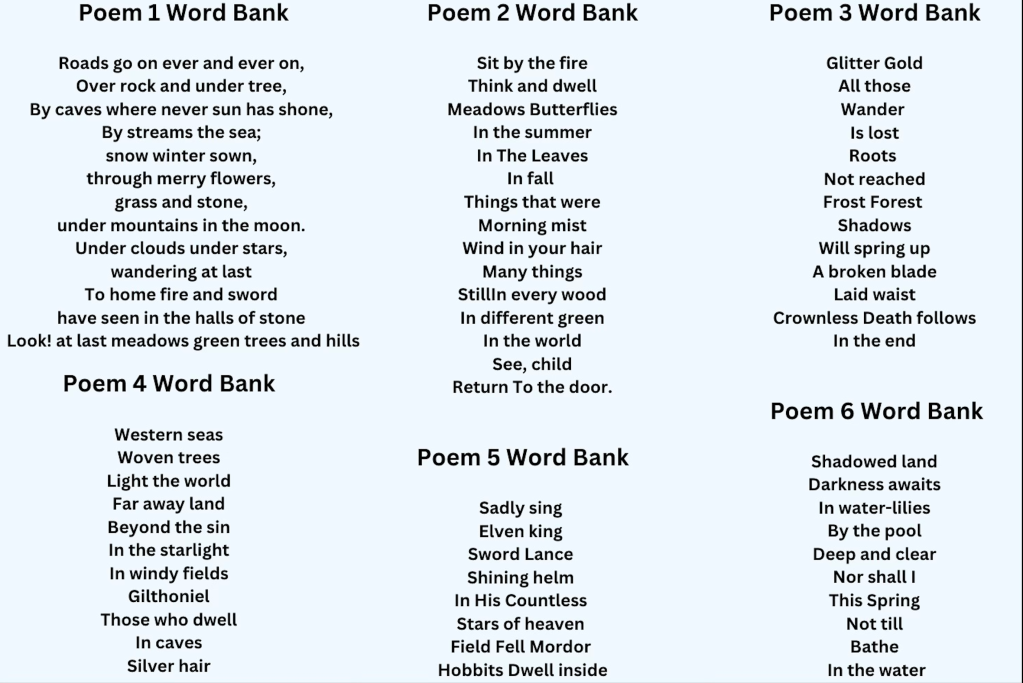
Struggles and Successes
The coding process of making the mechanics for our game was by far the most difficult, which was to be expected. It was harder than we imagined to incorporate the sprites and backdrops into the game, as they were always too small. However, with some time on Stencyl, we were able to overcome this challenge. Another challenge was the mechanics of the words. At First, we wanted the words to fall from the top of the screen. However, this would require making all of our words in our word bank to be a sprite, and we did not have the expertise or coding experience to do that. Instead, we decided to make the words appear in various places on the backdrop, and the player could click the ones they wanted to incorporate in their poem. This was much easier for us and still proved effective for the goal of our game. Another aspect of the coding was the transitions between backdrops. As other groups had discussed in their games, getting the player to move between levels and settings once they had been completed was not automatic. It took us some time incorporating a system for which the player transitioned to the next level. We chose to make a timing system, where the player has a few minutes to create their poem, or if they wanted to just make a shorter poem like a haiku, they could wait until the timer was up to move onto the next level.
Our biggest challenge by far was the process of moving our character, “The One Ring” from left to right on the screen. In our process, the ring would only move on one level, or refuse to move at all, even when incorporating the proper coding. After some time, we realized that Sam the sprite was blocking our coding with his own, and after severing their codes so that the ring would show priority, the player was able to move the ring, and Sam still had his code operate properly. With these struggles out of the way, we found success and enjoyment of our game. We are very happy with our game mechanics, our 3 complete levels that we set out to make, and even a small yet crucial victory: a fully functioning start button!
What We Learned
Truly, if this game-making process has taught us anything, it is just how hard it is to make a game. The level of coding, the talent in design, the patience, and creativity to solve problems as they come, all of it comes into the game you both love to make and hate to struggle with. As gamers, we often take for granted the time it takes to make a good, quality game. We hound the developers, get mad when they push release dates, and some people even threaten them. This journey has made us reflect on the gaming community on both sides. We had absolutely zero experience in coding and game design when we started, and in just a few weeks, we were able to make characters, settings, motion, and fun. We are truly proud of ourselves with what we created, even in the pitfalls and improvements it needs. We put blood, sweat, and literal tears in this game (yes there were times where we cried, but this game is like our baby.) Through all the hardships, all the messed-up coding and the faulty transitions, we continued to work to make something beautiful. We are grateful for this experience, and are glad that we could collaborate creatively to make something beautiful.
VIDEO:
https://drive.google.com/file/d/1CGlsxAgm92YjxhALr8vdwvCEIsD3T6go/view?usp=sharing

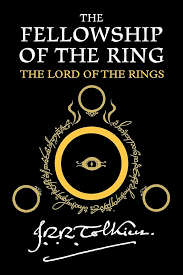
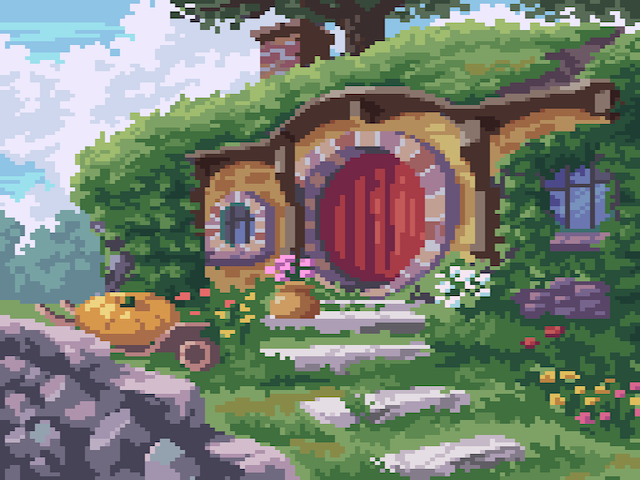






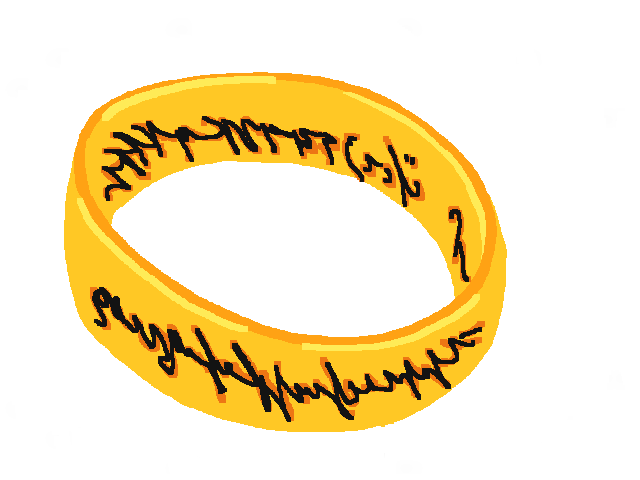
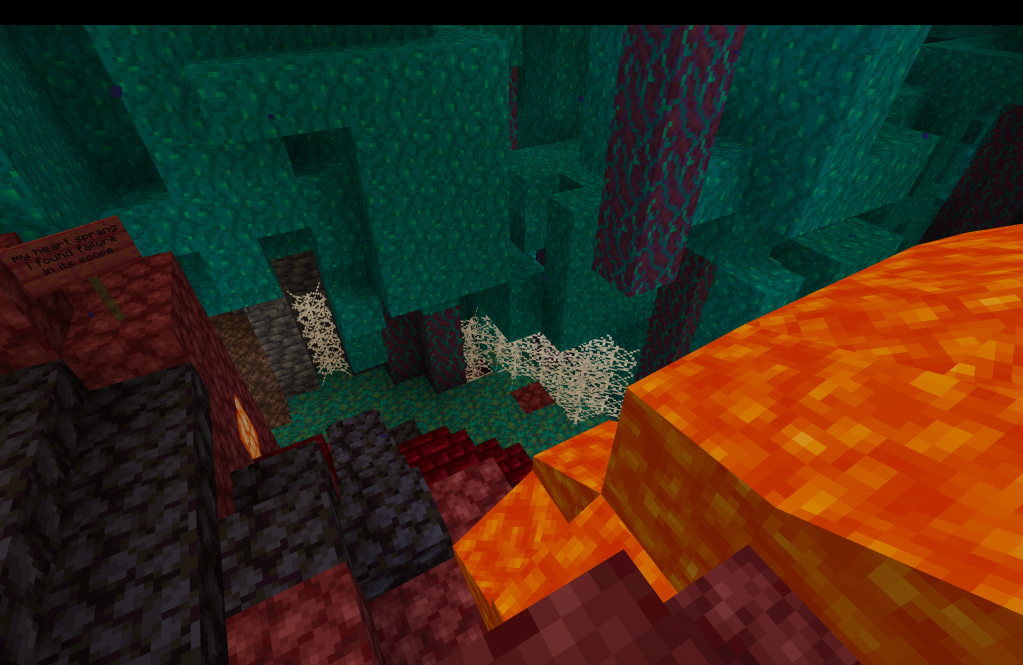






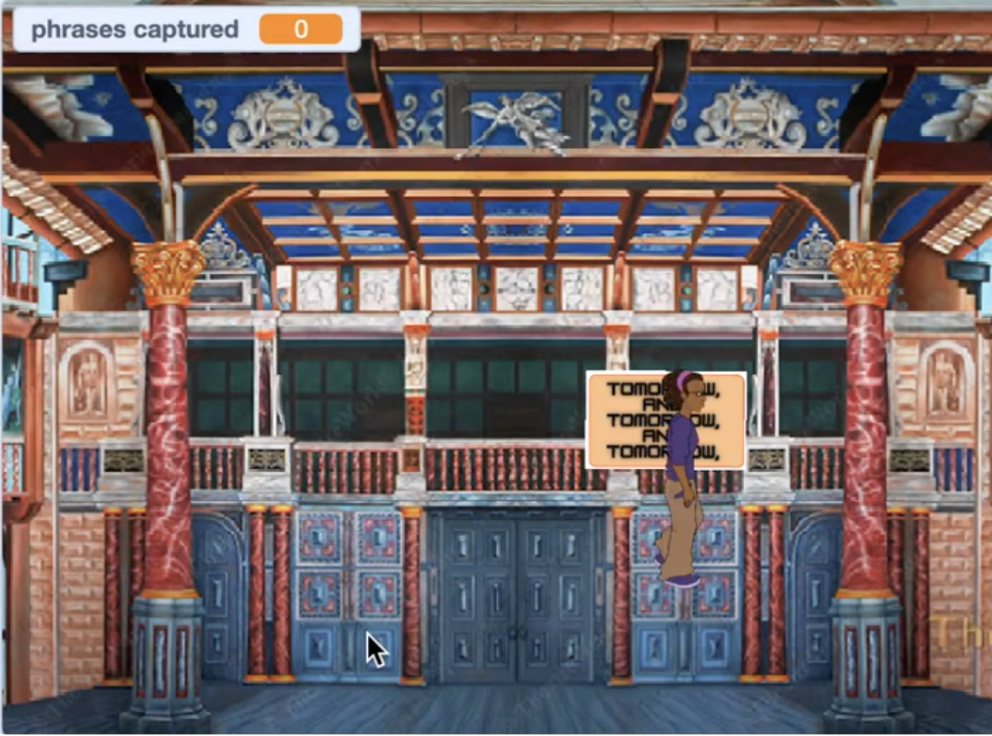
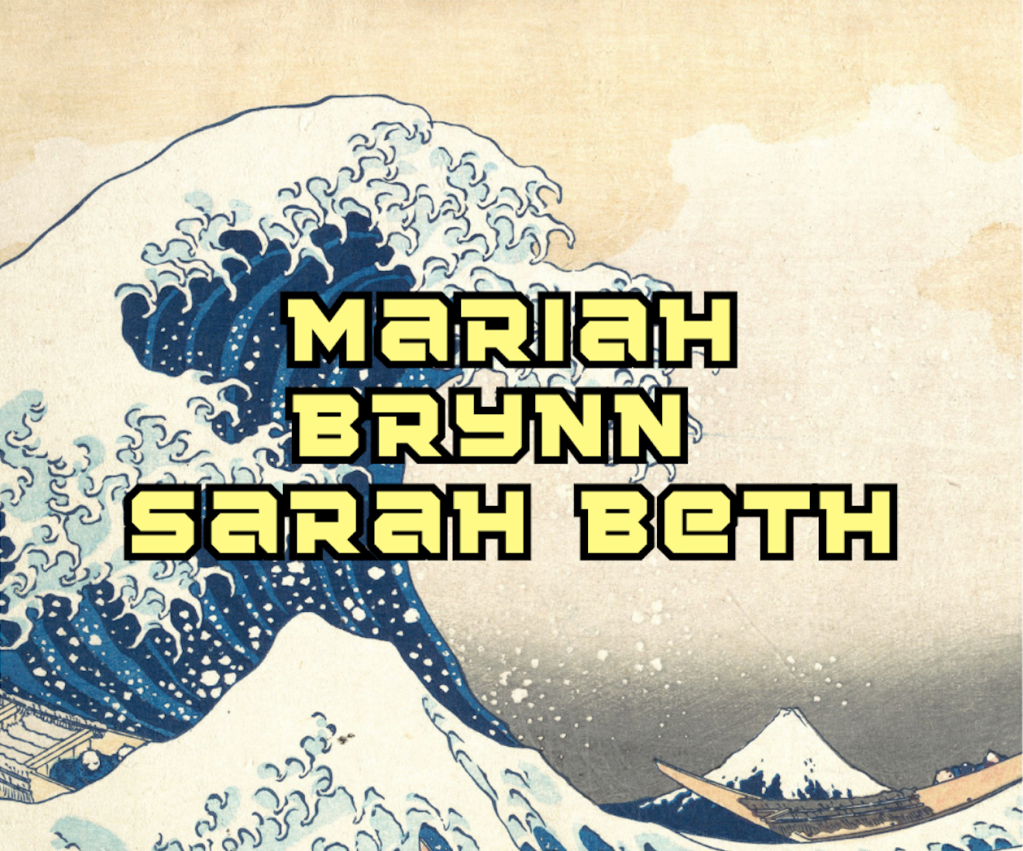





You must be logged in to post a comment.